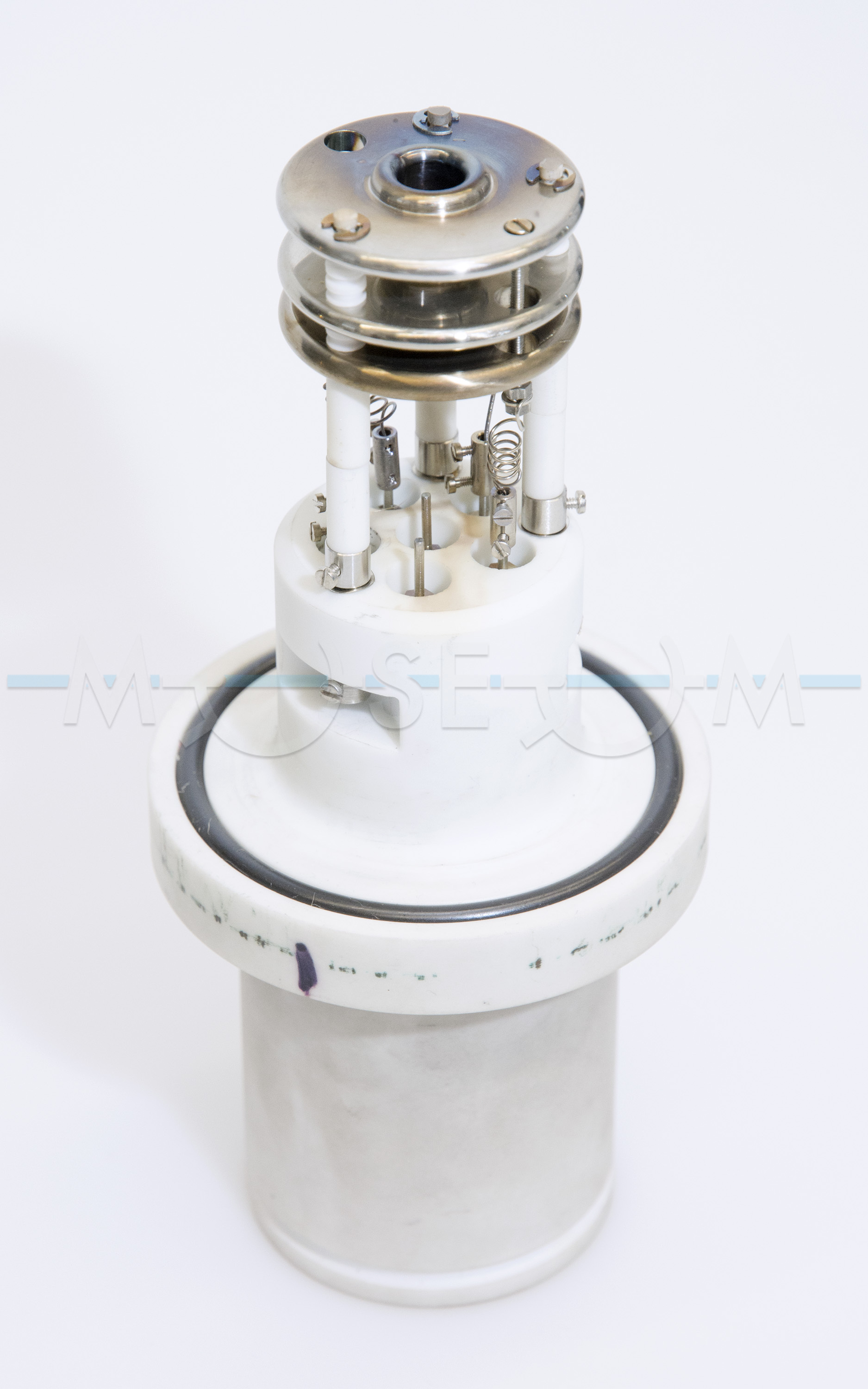


The C++ layer of the schema actively monitors state changes using the OpenUSD TfNotice system, ensuring that tilesets are updated promptly whenever necessary. A key USD feature is custom schemas, which you can use to extend data for complex and sophisticated virtual world use cases.Ĭesium’s team developed a custom schema, with specific classes defined for key elements of the virtual globe. USD is a highly extensible and powerful interchange for virtual worlds. In Omniverse, all the information for the globe such as tilesets, imagery layers, and georeferencing data is stored in USD. “Leveraging the interoperability of USD with 3D Tiles and glTF, we create additional workflows, like importing content from Bentley’s LumenRT for Omniverse, Trimble Sketchup, Autodesk Revit, Autodesk 3ds Max, and Esri ArcGIS CityEngine into NVIDIA Omniverse in precise 3D geospatial context,” said Shehzan Mohammed, director of 3D Engineering and Ecosystems at Cesium. Creating a full-scale virtual globeįigure 2. It encompasses the earth’s terrain, oceans, and atmosphere, enabling users to explore and visualize geospatial data and models with high accuracy and realism. To further interoperate with USD, developers at Cesium created a custom schema in USD to support their full-scale virtual globe (Figure 2).Ĭesium’s virtual globe is a digital representation of the earth’s surface based on the World Geodetic System 1984 (WGS84) coordinate system. For example, popular AECO tools can leverage OpenUSD to add 3D geospatial context streamed by Cesium to enable powerful workflows. Originally developed by Pixar, OpenUSD is an open and extensible ecosystem for describing, composing, simulating, and collaborating within 3D worlds.īy connecting 3D Tiles to the OpenUSD ecosystem, Cesium is opening new possibilities for customization and integration of 3D Tiles into metaverse applications built by developers across global industries. Just as Cesium is building the 3D geospatial ecosystem through openness and interoperability with 3D Tiles, NVIDIA is enabling an open and collaborative industrial metaverse built on OpenUSD. New opportunities for 3D Tiles with OpenUSD Developers can create interactive applications with the globe for sharing dynamic geospatial data. One of the most intriguing features of the extension is an accurate, full-scale WGS84 virtual globe with real-time ray tracing and AI-powered analytics for 3D geospatial workflows. Bentley’s iTwin model of an iron ore mining facility in South Africa visualized in its precise geospatial context With Cesium for Omniverse, project planners can use a digital twin of the facility to share plans and potential impacts with local utilities, engineers, and residents, accounting for location-specific details such as weather and lighting.įigure 1. You can also enhance your 3D content by incorporating real-world context from popular 3D and photogrammetry applications such as Autodesk, Bentley Systems, and Matterport.įor example, you can integrate Bentley’s iTwin model of an iron ore mining facility with Cesium for project planners to visualize and analyze the facility in its precise geospatial context. With Cesium for Omniverse, you can jump-start 3D geospatial app development with tiling pipelines for streaming your own content. The extension enables users to create real-world-ready models from any source of 3D geospatial content-at rapid speed and with high accuracy-using Universal Scene Description (OpenUSD). It delivers 3D Tiles and real-world digital twins at global scale with remarkable speed and quality. 3D Tiles are a streamable, optimized format designed to support the most demanding analytics and large-scale simulations.Ĭesium for Omniverse is Cesium’s open-source extension for NVIDIA Omniverse. To process and disperse massive heterogenous 3D geospatial data to geospatial applications and runtime engines across industries, Cesium has created 3D Tiles, an open standard for efficient streaming and rendering of massive, heterogeneous datasets. The rapid increase is driven by technological advancements such as high-resolution aerial and satellite imagery, lidar scanners on autonomous cars and machines, improvements in 3D reconstruction algorithms and AI, and the proliferation of scanning technology to handheld devices and smartphones that enable everyday people to capture their environment. Recent years have seen an explosion in 3D geospatial data.

Geospatial data provides rich real-world environmental and contextual information, spatial relationships, and real-time monitoring capabilities for applications in the industrial metaverse.


 0 kommentar(er)
0 kommentar(er)
